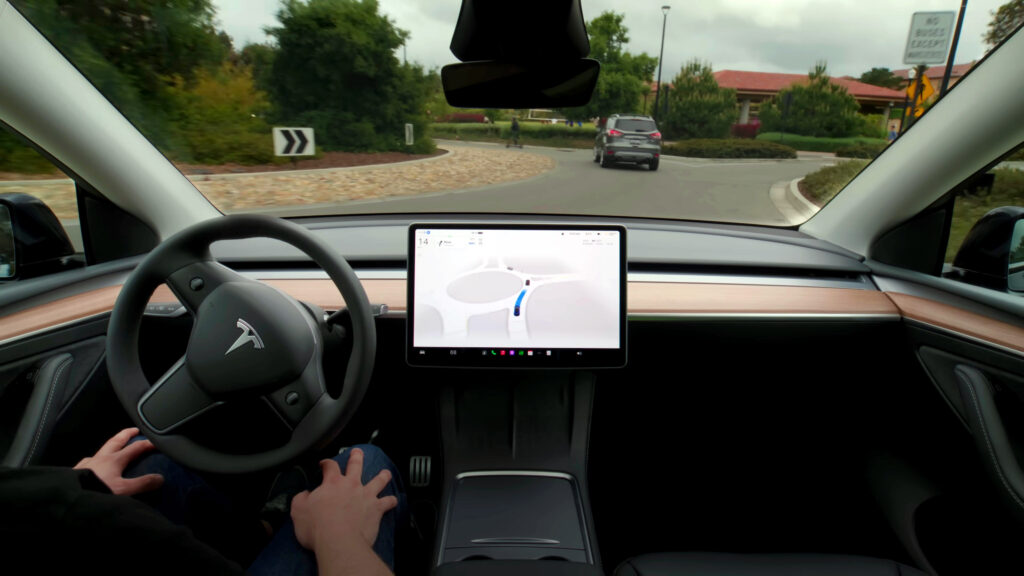The Shift in EU Regulations

The winds of change are blowing through the European Union as it contemplates easing its traditionally strict stance on self-driving car regulations. This potential pivot is not just about making things easier for car manufacturers but also about easing some trade tensions with the United States. If the EU adopts U.S.-style self-certification for autonomous vehicles, this could significantly change how companies get their cars on European roads.
Impact on the Auto Industry

The current framework within the EU is quite strict, often seen as some of the most rigorous in the world, aligning closely with United Nations standards. This means that car manufacturers must go through third-party testing to get their semi-autonomous vehicles certified for use in Europe. Contrast this with the United States, where automakers can self-certify, and the competitiveness of the American automotive landscape becomes clearer.
Reasons Behind the Possible Change
There’s a strategic aspect to this shift as well. With global trade tensions simmering, particularly with the United States over tariffs on car imports and parts, the EU’s changing tides could have huge implications. A 25% tariff has been a significant obstacle, primarily impacting German car manufacturers like BMW, VW, and Mercedes-Benz. These companies have been engaged in dialogue with EU officials, urging for a move that could bolster their sales and market flexibility.
Tesla’s Position
Tesla, a pioneer in the autonomous driving domain, has long been frustrated by the red tape in Europe. Currently, Tesla’s semi-autonomous systems are limited to divided roadways where speeds are capped at 80 mph, a stark contrast to their deployment in the U.S. where fewer restrictions apply. This has hindered Tesla’s expansion in Europe, despite having a diversified manufacturing base that somewhat cushions regulatory impacts.
Driving Experience
Experiencing semi-autonomous technology in the U.S. provides a glimpse into the future. Driving a vehicle with Autopilot like Tesla offers a blend of safety and comfort, especially on highways. Unlike more conventional vehicles, Teslas use advanced sensors and software that feel intuitive and responsive, making long drives almost feel like a breeze. The comparison to traditional vehicles is stark—the difference between painstaking manual control and smooth automated assistance is night and day.
Conclusion
This move by the EU could tip the scales favorably for manufacturers, particularly Tesla, allowing for broader deployment of advanced self-driving technologies across Europe. While the final decision is yet to unfold, it signals a potential thaw in the regulatory ice, opening roads in Europe much like those in America—potentially without the detours of past red tape.
Outlander Ralliart Rumor
BMW M3 Costs Surge
Cullinan Upgrade Wow
New Mustang Tease
Tesla's Golden Mystery